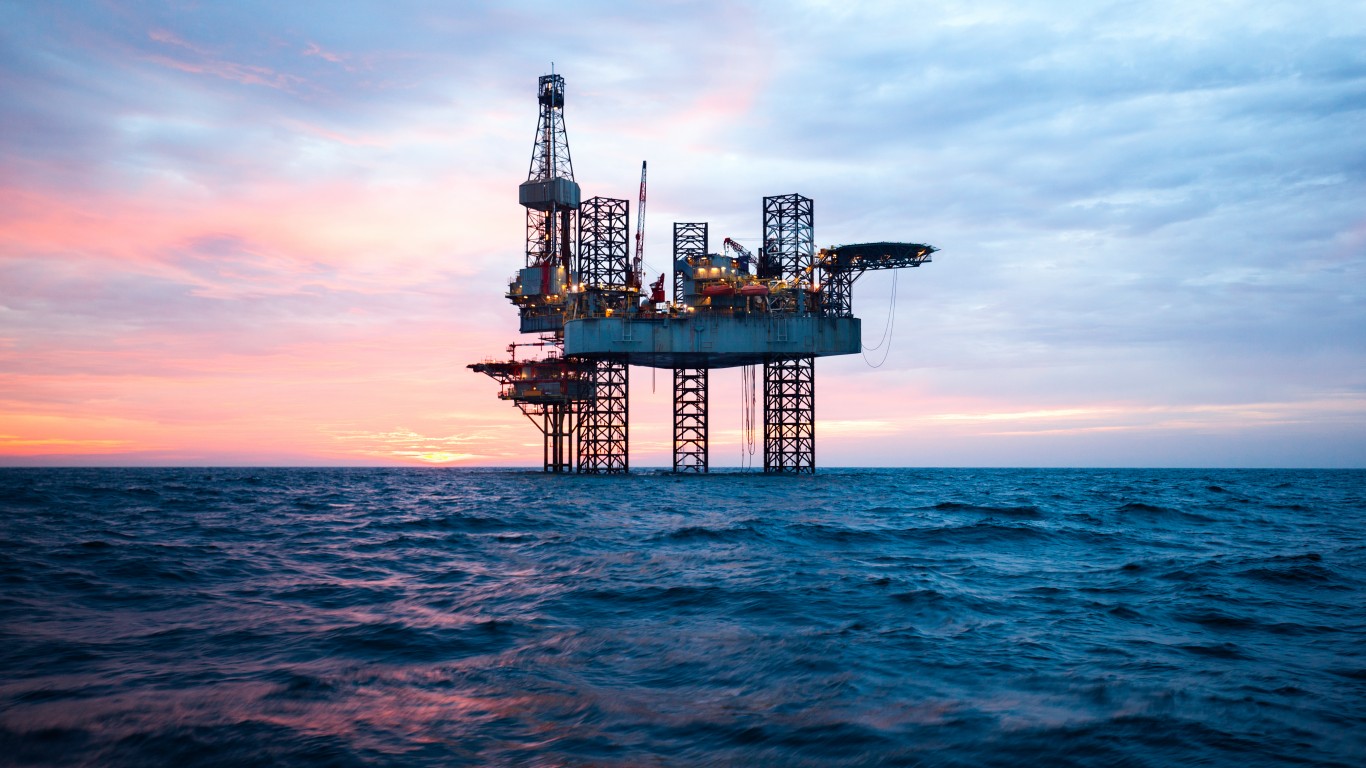Energy
Merrill Lynch Identifies Deepwater Offshore Oil Winners for 2020 and 2021

Published:
Last Updated:

Oil and gas has been a rough and difficult space for investors. Even though the industry likely has a long future, the investing community hasn’t exactly been a big endorser of the companies in it. Even while all the talk is about electric vehicles, the roads are still packed with sport utility vehicles and trucks.
In the world of nothing lasts forever, Merrill Lynch has said enough is enough on at least some opportunities in the oil patch. The firm remains concerned about shale drillers as the industry matures, but it sees the floating rig segment with demand that could be up in the high single-digits in 2020 and notes that offshore equipment and services should benefit the most, even if the firm is staying negative on the offshore drillers.
The Merrill Lynch team acknowledges that there has been a prolonged and painful downturn in offshore drillers that started in 2014 and extended well beyond the shale and shallow water peers. The firm now sees that deepwater activity looks likely deliver back-to-back years of growth as the cost break-even has come down for many projects. The report said:
For 2020, high single-digit gains in deepwater activity look possible, with growth accelerating around mid-2020. Further, a big jump in offshore FIDs this year could combine with several large projects in the queue for 2020 to keep demand intact into 2021. Optimism for deepwater appears to be growing… Subsea equipment and services companies are taking share of the deepwater capex pie at the expense of engineering and procurement, and stand to benefit most.
As far as the break-even costs being lower, the Merrill Lynch view is that a combination of extended tiebacks and project standardization has helped the break-even come down to where they can compete with shale. The firm noted that Exxon and Hess are expecting Phase 1 of the mega-project in Guyana to have a break-even if Brent crude is at $35 per barrel. Its Phase 2 break-even down there is also expected to be as low as $25 per barrel. The Carcara project down in Brazil is also expected to have a mid-$30s break-even, and Chevron’s Anchor project in the U.S. Gulf of Mexico waters is likely profitable, even if Brent crude is under $50 per barrel.
Merrill Lynch reinstated coverage on Helix Energy Solution Group Inc. (NYSE: HLX) with a Buy rating and an $11 price objective. The prior close was $8.55, and the firm even called Helix its top pick among oil services in the small-cap and mid-cap arena.
Oceaneering International Inc. (NYSE: OII) was started as Buy and assigned a $17 price objective (versus a $14.01 prior close).
In the report, other names were shown still to have Buy ratings, and they should benefit from the offshore trends, but the report does warn that they all still have shale headwinds that could limit some upside. While Merrill Lynch sees upside selectively in the sector, it has targets that are not unilaterally higher than the average analyst targets out there. These are shown as follows, with consensus price target comparisons from Refinitiv:
Retirement planning doesn’t have to feel overwhelming. The key is finding expert guidance—and SmartAsset’s simple quiz makes it easier than ever for you to connect with a vetted financial advisor.
Here’s how it works:
Why wait? Start building the retirement you’ve always dreamed of. Click here to get started today!
Thank you for reading! Have some feedback for us?
Contact the 24/7 Wall St. editorial team.